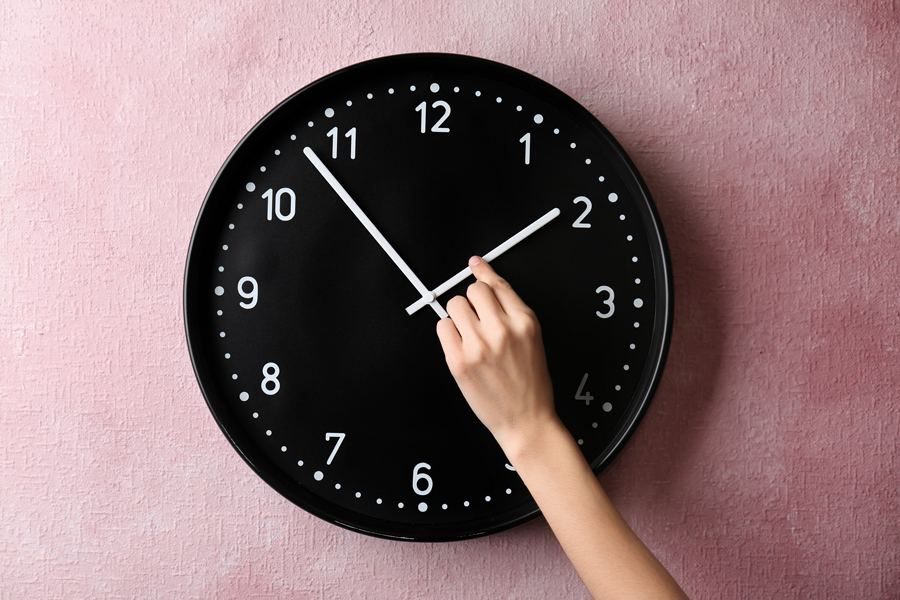Get ready to set your clocks forward!
The United States is one of the 70 countries around the world that practice Daylight Saving Time (DST), a twice-annual adjustment of the clocks in which we gain an hour in the spring and lose one in autumn. This spring, the clocks will move one hour forward again at 2:00 AM on Sunday, March 12. Nowadays, most electronics will change time automatically, but you may still have to change the clocks on your microwave, oven, car, and other appliances manually.
The purpose of DST is to maximize the amount of sunlight hours in the warmer months by adjusting the clocks. This is intended to help people save energy and make better use of daytime, especially those who work full-time hours and get less time outside in the light. Spending just 10 extra minutes of time outside in the sun has numerous health benefits, so taking advantage of DST can be essential.

Because the change in clocks happens overnight, you can plan to gain an extra hour of sleep on Sunday night, but be aware that DST can affect the body’s internal clock and circadian rhythm. Losing an hour in the winter when DST starts affects the body and mind most, but springing forward can cause the same negative effects.

This is part of why many Americans are moving to do away with Daylight Saving Time changes. At the moment, the Sunshine Protection Act, which would abolish the clock changes in the United States and keep DST year-round, has passed the Senate but still lingers in the House of Representatives and requires a signature from the President. Time will only tell whether we will still be switching clocks a few months or a year from now.
If you have any questions or concerns, please feel free to contact us at info@gravityintprog.com. Stay safe and healthy!






